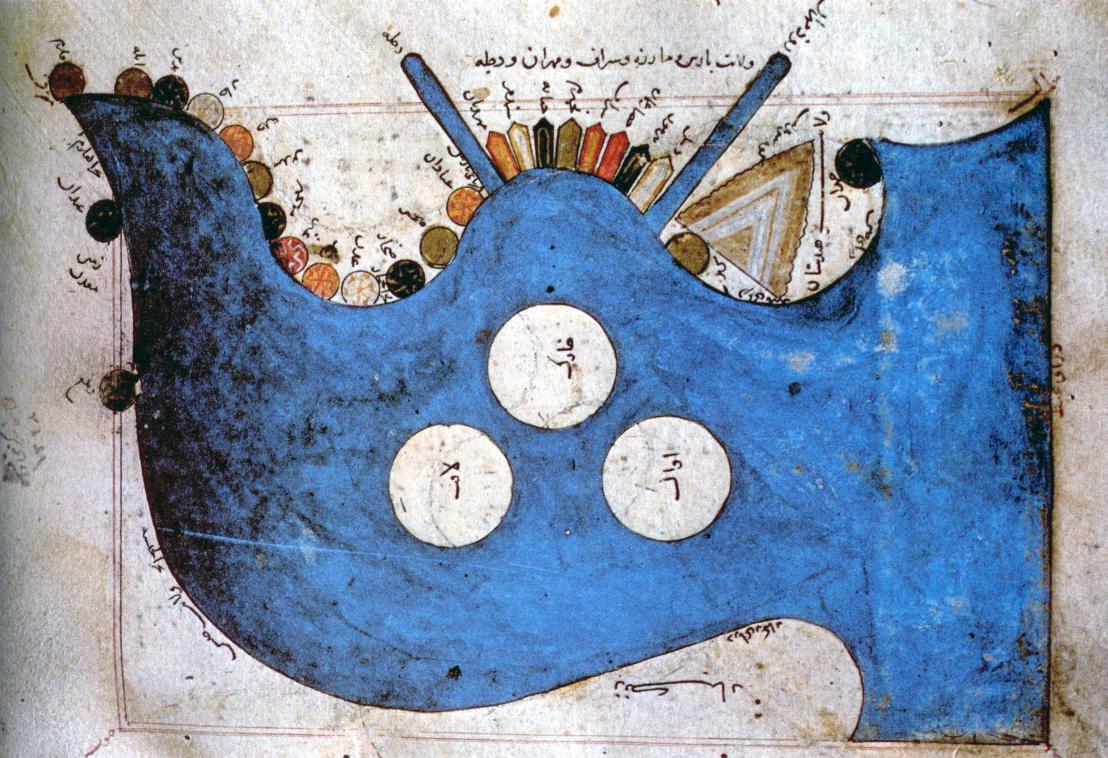Geographical names are representative of a nation’s historical and cultural identity which take shape during millennia and stand apart from political tendencies and intentions of the governments in different eras.
In other words they are deeply rooted in the local culture of a place and evolve through time and based on complexities of local accents, their history and the civilization they have raised from.
The Persian Gulf is one of the geographical regions which has been interwoven with the millennia-old history and civilization of Iran. It has been years that some attempts to change the name of the gulf have taken place, according to ISNA.
The Persian Gulf is home to many small islands. Geographically the biggest island in the Persian Gulf is Iran’s Qeshm Island, located in the Strait of Hormuz. Other significant islands include Greater Tunb, Lesser Tunb and Kish administered by Iran.
The coasts of Persian Gulf are considered as a huge potential for expansion of the tourism industry in Iran and using its capacities has been emphasized on numerous occasions by senior officials including President Hassan Rouhani himself. During a cabinet meeting in late January he said: “There are many favorable locations along the southern coasts for establishment of new tourist towns and villages,” and emphasized the role of southern provinces in the national development plan.
Geography
A Mediterranean Sea in Western Asia, the Persian Gulf, is an extension of the Indian Ocean through the Strait of Hormuz. This inland sea of some 251,000 square kilometers is connected to the Gulf of Oman in the east by the Strait of Hormuz; and its western end is marked by the major river delta of the Shatt al-Arab, which carries the waters of the Euphrates and the Tigris. Its length is 989 kilometers, with Iran covering most of the northern coast.
History
The body of water is historically and internationally known as the “Persian Gulf”. Some Arab governments for obvious reasons prefer other fictitious names. The name Persian Gulf is used by the International Hydrographic Organization and almost all international bodies.
In 550 BC, the Achaemenid Empire established the first Persian Empire in Pars (Persis, or modern Fars) in the southwestern region of the Iranian plateau. Consequently in the Greek sources, the body of water that bordered this province came to be known as the Persian Gulf.
Considering the historical background of the name Persian Gulf, Sir Arnold Wilson mentions in a book, published in 1928 that: “No water channel has been so significant as Persian Gulf to the geologists, archaeologists, geographers, merchants, politicians, excursionists, and scholars whether in past or in present. This water channel which separates the Iran Plateau from the Arabian Plate, has enjoyed an Iranian identity since at least 2200 years ago”.
Standardization of Geographical Names
This age-old name has been disputed by some Arab countries since the 1960s. Therefore, in their latest attempt, experts and researchers at Persian Gulf Studies Center (PGSC) conducted a study on the roots and history of the term “Persian Gulf” and sent it to the United Nations Conferences on the Standardization of Geographical Names (UNCSGN).
In 1959, the Economic and Social Council (ECOSOC) paved the way for a small group of experts to meet and provide technical recommendations on standardizing geographical names at national and international levels. This meeting gave rise to the United Nations Conferences on the Standardization of Geographical Names (UNCSGN) and to the United Nations Group of Experts on Geographical Names (UNGEGN).
Following the study in December 2014, Dr. Abbas Mojtahedi, CEO consultant at the PGSC, sent a letter to the International Maritime Organization (IMO) to request a confirmation by the UN secretary general to approve the use of the term. IMO is a specialized agency of the UN. Its main role is to create a regulatory framework for the shipping industry that is fair and effective, universally accepted and applied.
Recognized and Used by UN
IMO’s external relations officer, Andrea Garcia, responding to PGSC noted that the International Maritime Organization (IMO) is a specialized agency of the United Nations and, as such, it follows United Nations terminology when referring, either in writing or orally, to names of countries, territories, regions, bodies of water and other areas and asserted that the current United Nations Secretariat editorial directive on the term is “Persian Gulf”.


